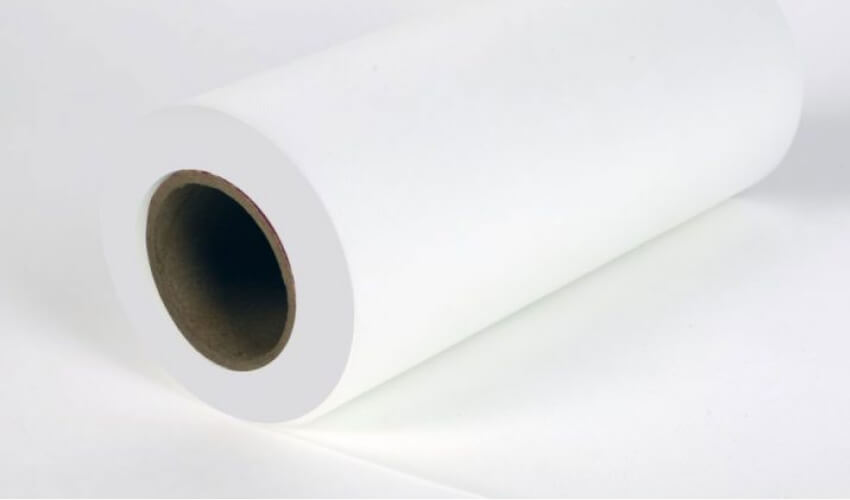Solar PV Encapsulant
Our Encapsulants range excels in performance, offering exceptional bonding with glass and backsheets materials. Its high transparency minimizes CTM loss, boosting power generation. Our Encapsulants are resistant to PID and snail trails, ensuring long-term reliability. They are UV and weather stable, making them ideal for various conditions. With a versatile process window, they are effective for both single-stage and multi-stage lamination processes, ensuring production efficiency.
Key Features
Exceptional Bonding
Strong adhesion with glass and backsheets materials.
High Transparency
Reduced CTM loss, enhanced power output.
PID and Snail Trails Resistance
Long-term reliability.
UV and Weather Stable
Suitable for various conditions.
Versatile Process Window
Effective for single-stage and multi-stage lamination.
Discover the reliability and efficiency of Knack Energy’s Encapsulants range. Elevate your solar solutions with our innovative products and make a lasting impact on renewable energy.
Capacity: 3GW production capacity for EVA, POE, and EPE.
KNACK EVA
EVA range provides excellent bond with glass & Backsheet, high transparency gives less CTM loss and high power generation. It is PID and snail trails resistance,UV and weather stable solar PV Encapsulant.
KNACK UVT PFC
KNACK 360 PFC
KNACK UVT PUC
KNACK 360 PUC
KNACK EPE
EPE Encapsulant is a multilayer film consisting of a thin layer of POE sandwiched between two layers of EVA, produced through the co-extrusion process. This innovative construction aims to harness the best attributes of both EVA and POE Encapsulant. The central POE layer acts as a superior water vapor barrier and also enhances the anti-PID performance, while the outer EVA layers provide improved adhesion to glass and PV cells.
KNACK POE
This POE (Polyolefin Elastomer) Encapsulant is also an integral part of a solar PV module. Among other functions, it provides cushioning to the PV cells and binds them to the top surface and rear surface of the module. POE is known for its flexibility and elasticity, allowing it to conform well to the surfaces of solar cells and other module components. This property enhances adhesion and helps accommodate mechanical stresses during the manufacturing process.

